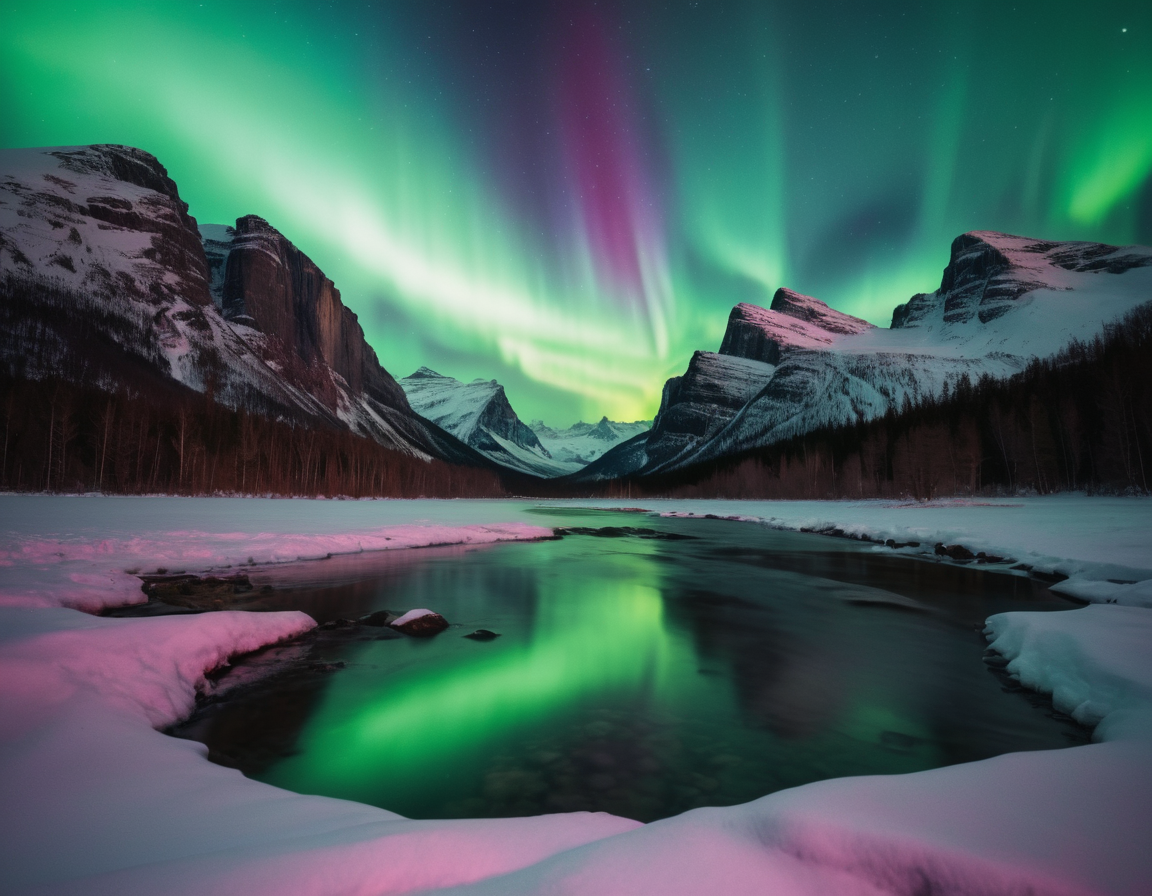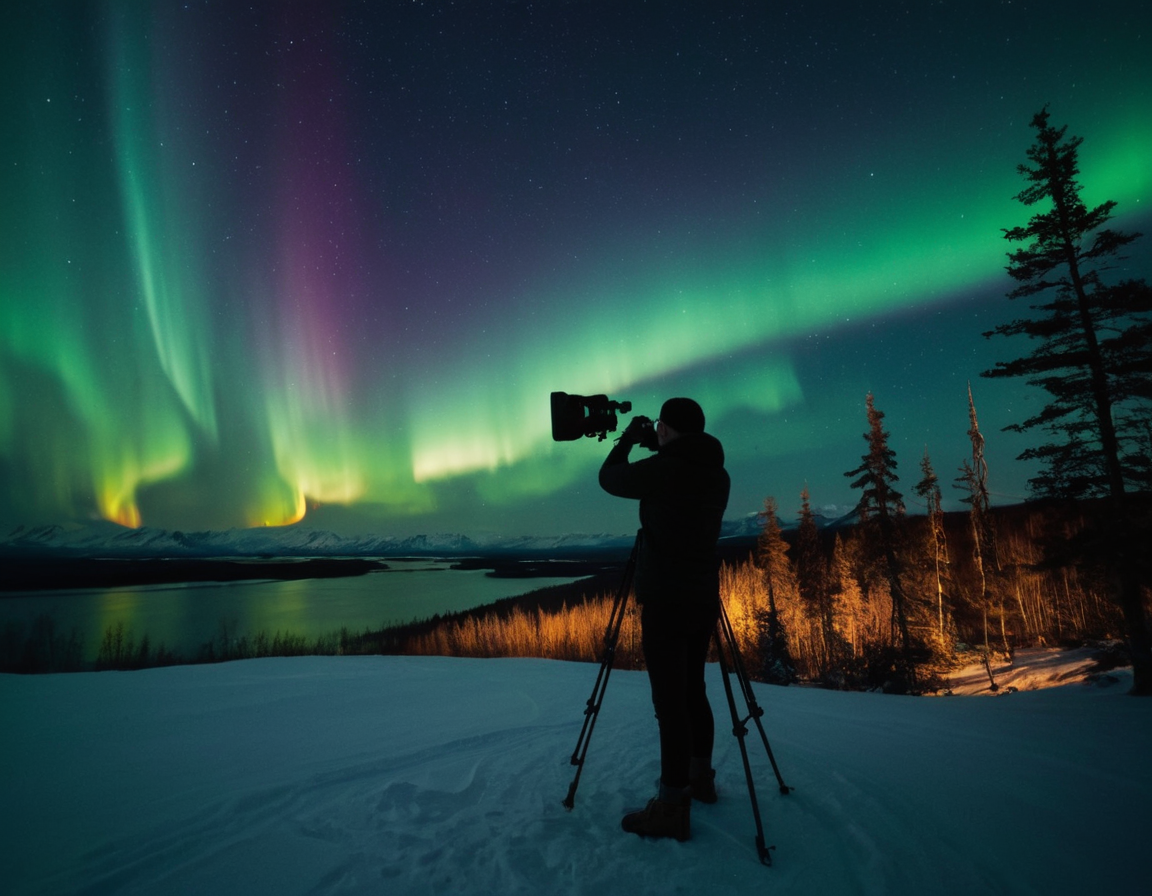Unveiling the Mysteries of the Aurora Borealis: A Glimpse into Nature’s Spectacular Light Show
Unveiling the Mysteries of the Aurora Borealis
Nature’s artistry is never more vividly displayed than in the phenomenon of the Aurora Borealis, or the Northern Lights. These mesmerizing light displays that adorn the polar skies have captivated observers for millennia, inspiring mythologies and scientific curiosity alike. In this engaging exploration, we delve into what causes this spectacular natural event, where and when to best experience it, and its significance in different cultures.
The Science Behind the Lights
The phenomenon of the Aurora Borealis begins about 93 million miles away on the sun’s surface. Here, solar activity produces charged particles that are hurled into space. Earth’s magnetic field captures these particles, and as they collide with gases in our atmosphere, they emit what we perceive as waves of dancing lights. The most common colors—green and pink—are produced by oxygen molecules, while nitrogen causes blue or purplish-red hues.
Where and When to Witness the Aurora
The best places to witness the Northern Lights are near the magnetic poles, particularly in countries like Norway, Iceland, Canada, and the northern parts of the United States, such as Alaska. The optimal time for aurora viewing is during the winter months when nights are longest, and during solar maximum periods, which occur every 11 years when solar activity is the highest.
Cultural Significance
Different societies have interpreted the auroras through various mythologies. The Norse believed the lights were the reflections of the shields of the Valkyries, while the Inuit saw them as the spirits of the dead. Sami shamans viewed the lights as powerful entities requiring respect, and legends across various cultures have created an aura of mystique around these celestial dances.
Photographing the Aurora Borealis
With advancement in technology, capturing the ephemeral beauty of the auroras has become a pursuit for many photographers. Long exposure times, proper camera equipment, and clear weather conditions are essential to photograph the elusive Aurora Borealis successfully.
Conclusion
The Aurora Borealis is a continuous reminder of our planet’s dynamic nature and its cosmic connections. Through a blend of careful observation and technological progress, humanity continues to peel back the layers of this majestic enigma, proving that even the most mysterious of Earth’s phenomena can yield to human understanding and appreciation.






